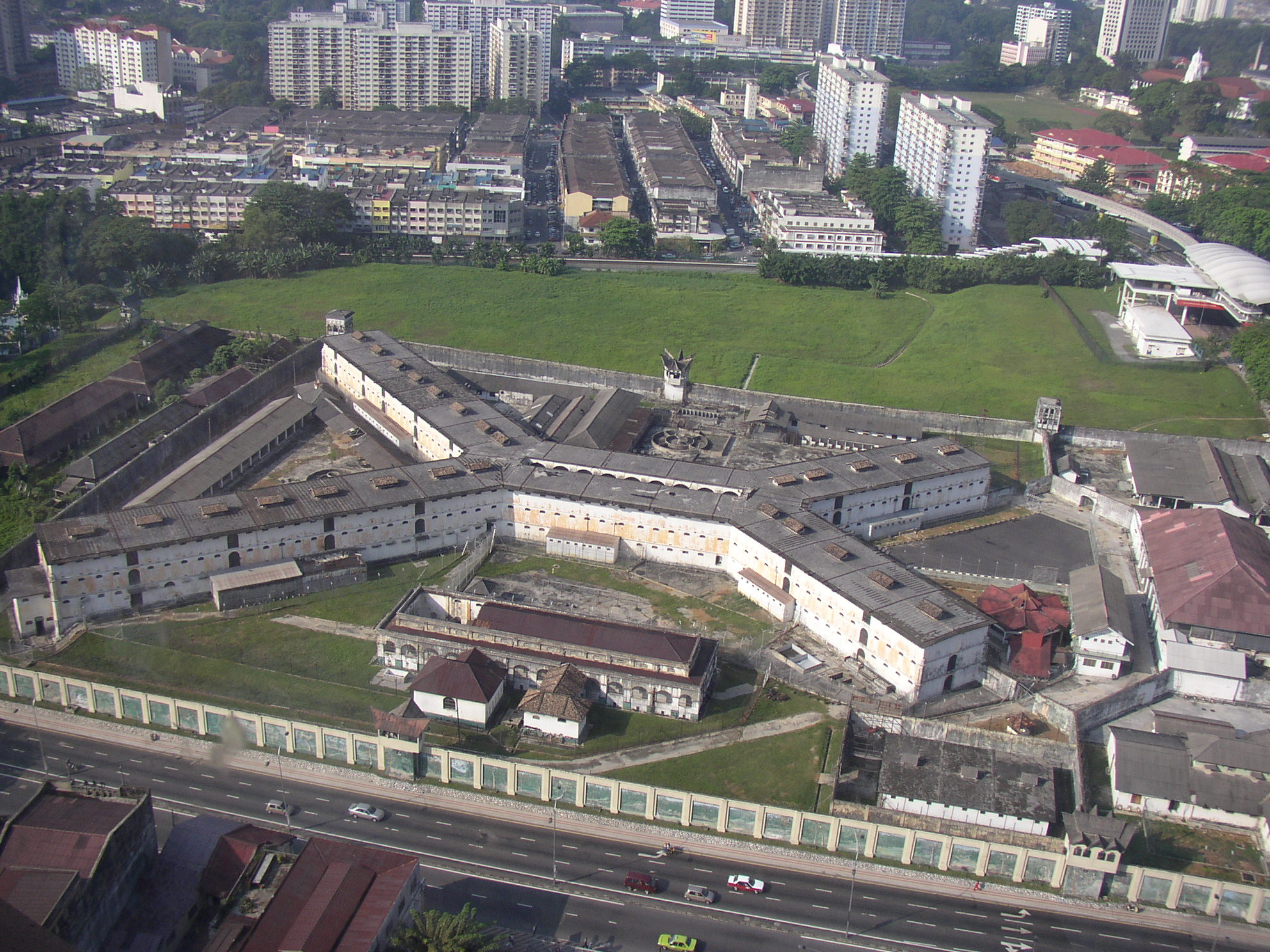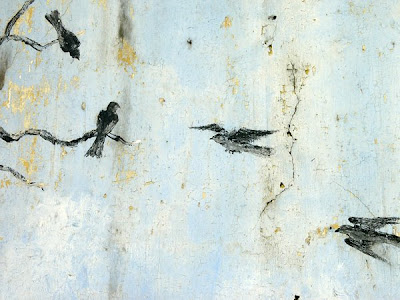- Joined
- Mar 28, 2009
- Messages
- 1,482
- Points
- 0
Last night Pudu Jail was demolished for the land that it has stood on for the past 115 years. Prime piece of real estate for the ruling party to sub-divide. Goldmine, actually...
Goldmine, actually...

A place where they hang Angmohs on Monday,
Singaporeans on Tuesday,
Chinese and Indians Malaysians on Wednesday,
and Malays on Friday after morning prayer...

Botak Chin, real name Wong Swee Chin, was one of Malaysia's most wanted criminals. His first taste of the underworld was when he joined Gang 306, participating in his first armed robbery in April 19, 1969. He was caught once and sentenced to seven years in jail after committing eight robberies. When he got out though, he did try to make a decent living as a vegetable trader but found the earnings to be pitiful. He eventually went on to form his own gang with Ng Cheng Wong, Beh Kok Chin and Teh Bok Lay; robbing banks, illegal gambling dens and initiating gang wars (with the Lima Jari Gunung gang). It all went downhill for Botak Chin when they tried to assassinate assistant police commissioner S. Kulasingam, and failed. His attempt spurred the formation of The Dirty Dozen: 12 policemen who established a force to specifically capture Botak Chin. This lead to his arrest in February 1976 after a shoot-out where he was shot SIX times but SURVIVED. Thrown into Pudu Jail under the ISA, he attempted escape in 1981 but failed. He was finally hung to death on 11 June 1981.


The famous mural, almost 400 metres long painted in the early 80's, a Guinness Book of Record Holder.
Khong Yen Chong showing the award he received for painting the mural when he was an inmate at the prison in the 1980s.
 Goldmine, actually...
Goldmine, actually...
A place where they hang Angmohs on Monday,
Singaporeans on Tuesday,
Chinese and Indians Malaysians on Wednesday,
and Malays on Friday after morning prayer...


Botak Chin, real name Wong Swee Chin, was one of Malaysia's most wanted criminals. His first taste of the underworld was when he joined Gang 306, participating in his first armed robbery in April 19, 1969. He was caught once and sentenced to seven years in jail after committing eight robberies. When he got out though, he did try to make a decent living as a vegetable trader but found the earnings to be pitiful. He eventually went on to form his own gang with Ng Cheng Wong, Beh Kok Chin and Teh Bok Lay; robbing banks, illegal gambling dens and initiating gang wars (with the Lima Jari Gunung gang). It all went downhill for Botak Chin when they tried to assassinate assistant police commissioner S. Kulasingam, and failed. His attempt spurred the formation of The Dirty Dozen: 12 policemen who established a force to specifically capture Botak Chin. This lead to his arrest in February 1976 after a shoot-out where he was shot SIX times but SURVIVED. Thrown into Pudu Jail under the ISA, he attempted escape in 1981 but failed. He was finally hung to death on 11 June 1981.


The famous mural, almost 400 metres long painted in the early 80's, a Guinness Book of Record Holder.
Khong Yen Chong showing the award he received for painting the mural when he was an inmate at the prison in the 1980s.
Last edited:









